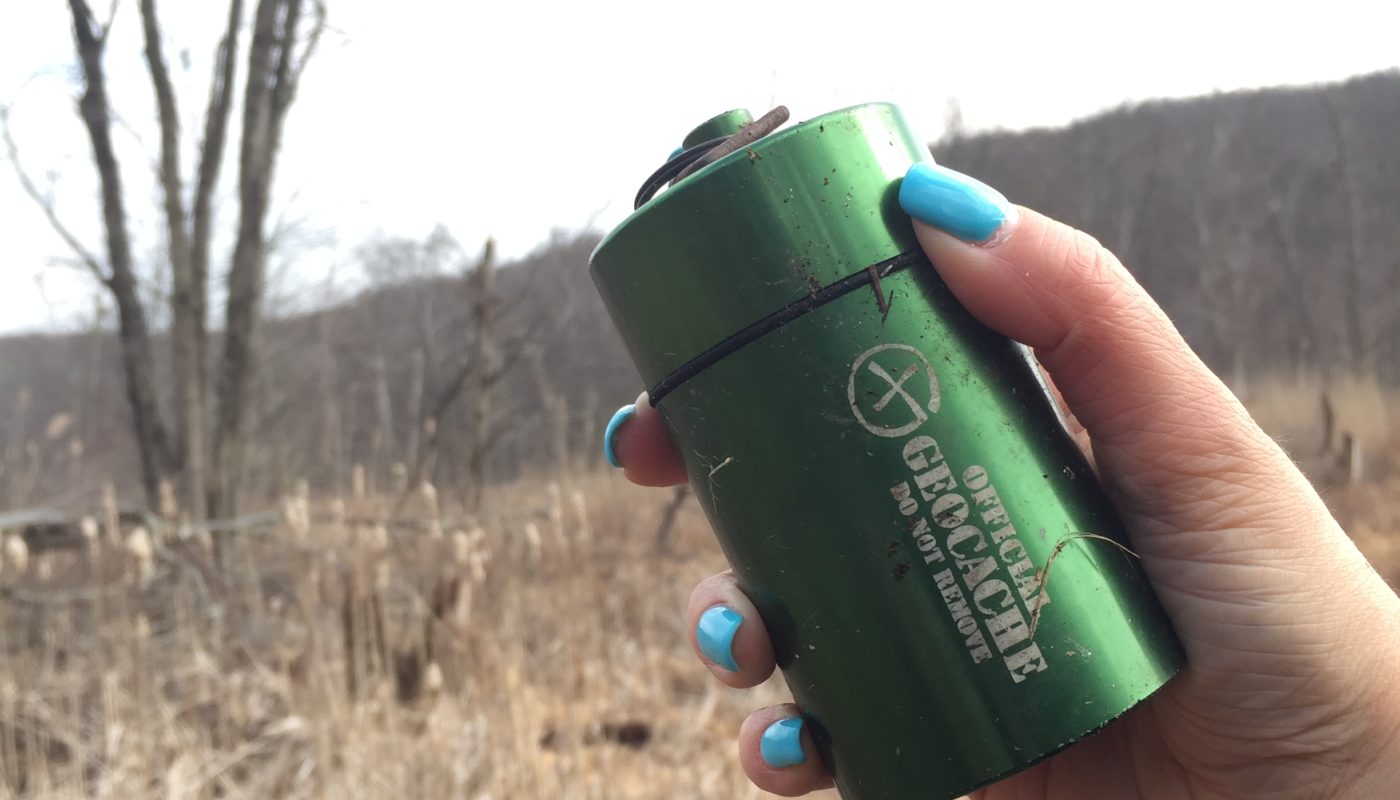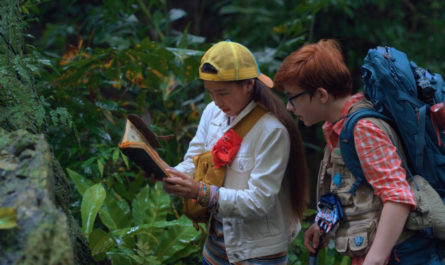If you are ever looking for a good excuse to get out of the house on a beautiful day, geocaching might be your answer.
Combining technology and nature, geocaching can be described as a real life treasure hunt. Right now, all over the world, there are more than 3 million active geocaches.
So what exactly is a geocache?
Some might tell you it’s a Tupperware in the woods. While there are many Rubbermaids hidden under fallen trees, a geocache is so much more than that.
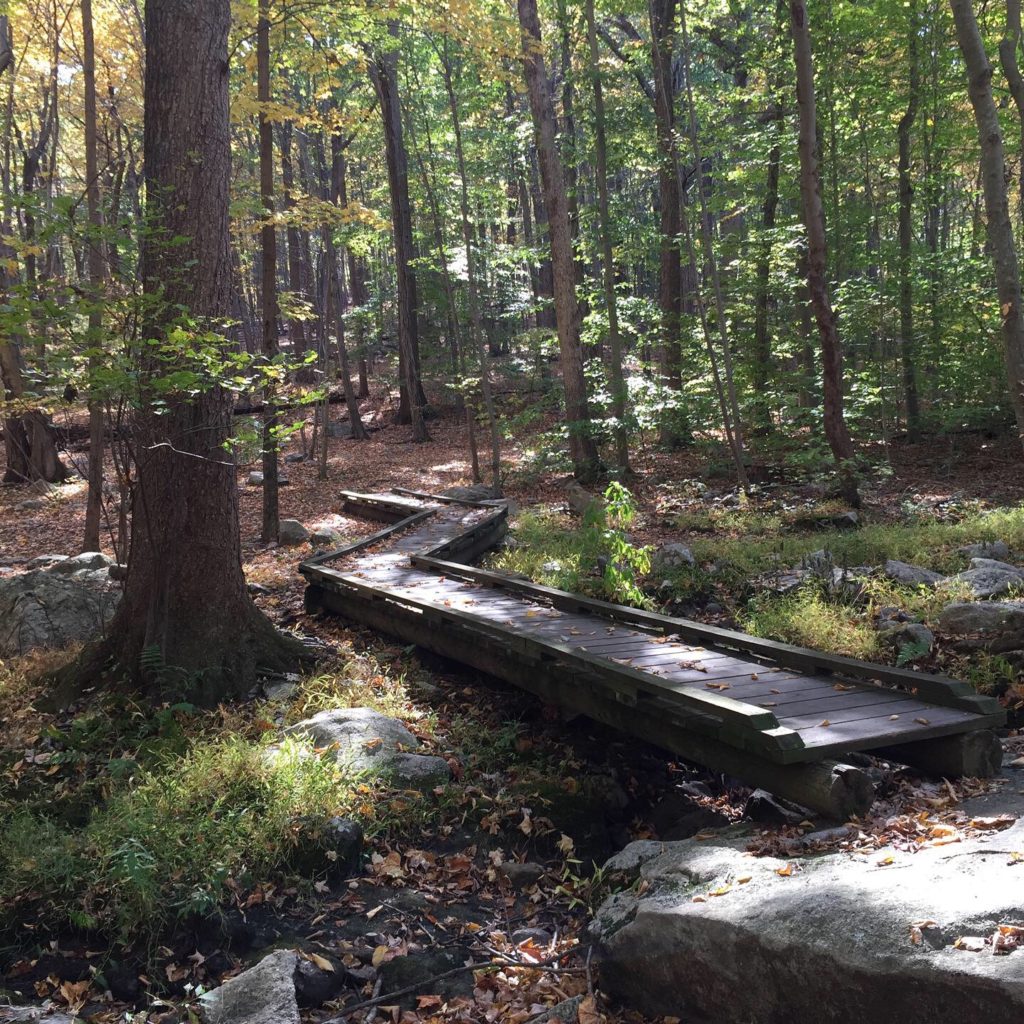
To me a geocache is an adventure. It’s a game that’s going to take you to places you’ve never been and you’ll see things you might have never seen. Don’t be put off by the whole “Tupperware in the woods” description. If you truly dive into the hobby the creativity and ingenuity of the way players hide geocaches will never cease to amaze you!
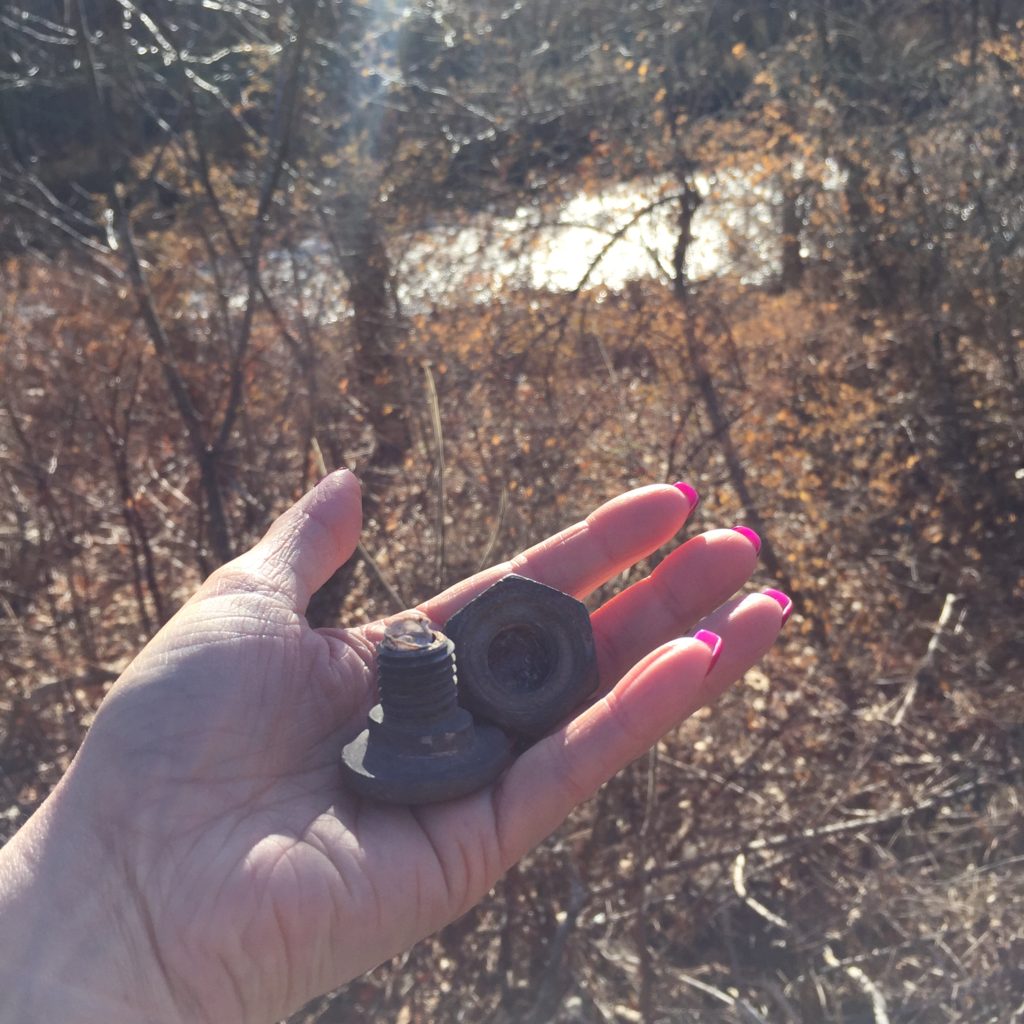
To start a geocaching adventure of your own, the first thing you’ll need to do is download one of the geocaching apps on to your smartphone. A basic membership is free. Using GPS the active geocaches around you are going to load on a map. You can zoom out to see the whole geocaching world. You might be surprised to see how many there are and you might be really surprised where some are.
While looking for a cache, the app is going to give you a description of the area and a hint on how to find the geocache. There is going to be a difficulty rating and a terrain rating so that you know what you’re getting yourself into.
Looking for the cache is half the fun. What geocaches are designed to do is bring you somewhere. The most popular and active caches are the ones that take you somewhere you probably never would have found on your own. If there is something bizarre, beautiful or interesting in your area, odds are there’s a geocache next to it.
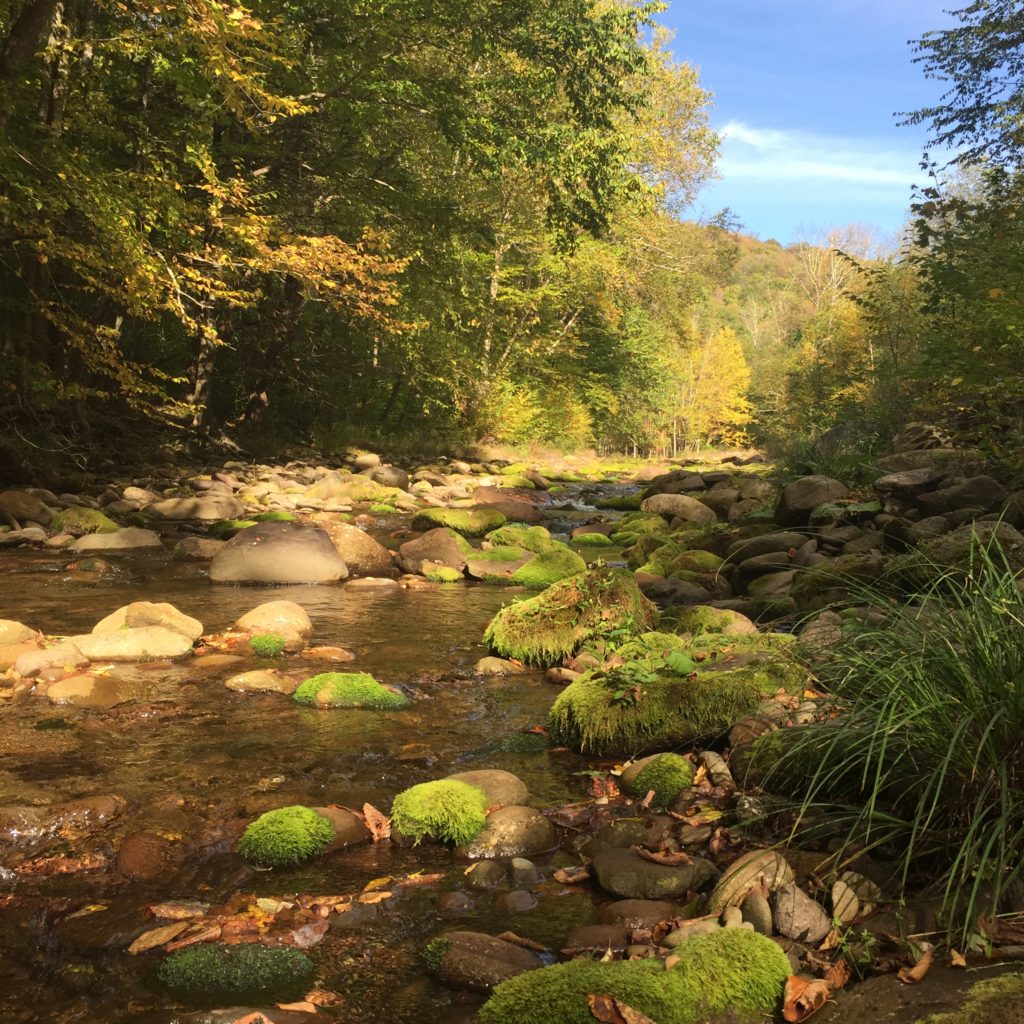
Once you find the cache you open it- a geocache is a container after all. Inside a traditional geocache there will be a piece of paper called a log. You are expected to write the date and your username on it, so always bring a pen when you go hunting for geocaches. Some caches have toys inside called SWAG. In order to take and keep a SWAG item, you must trade for it. So if you plan on starting a SWAG collection be sure to bring some small, waterproof toys with you to trade.
You do not get to keep the actual geocache, you have to put it back where you found it for the next geocacher to find. Once you find it and sign the log, you hit Found It on your GC app. The app will keep track of all your success! It’s also going to ask you to type something that other users will see as the history of that particular geocache.
Do not write where you found the cache or anything describing what the cache looks like. That would be considered a spoiler. (It is nice to write something thanking the cache owner and mentioning if the container and log are in good condition.)
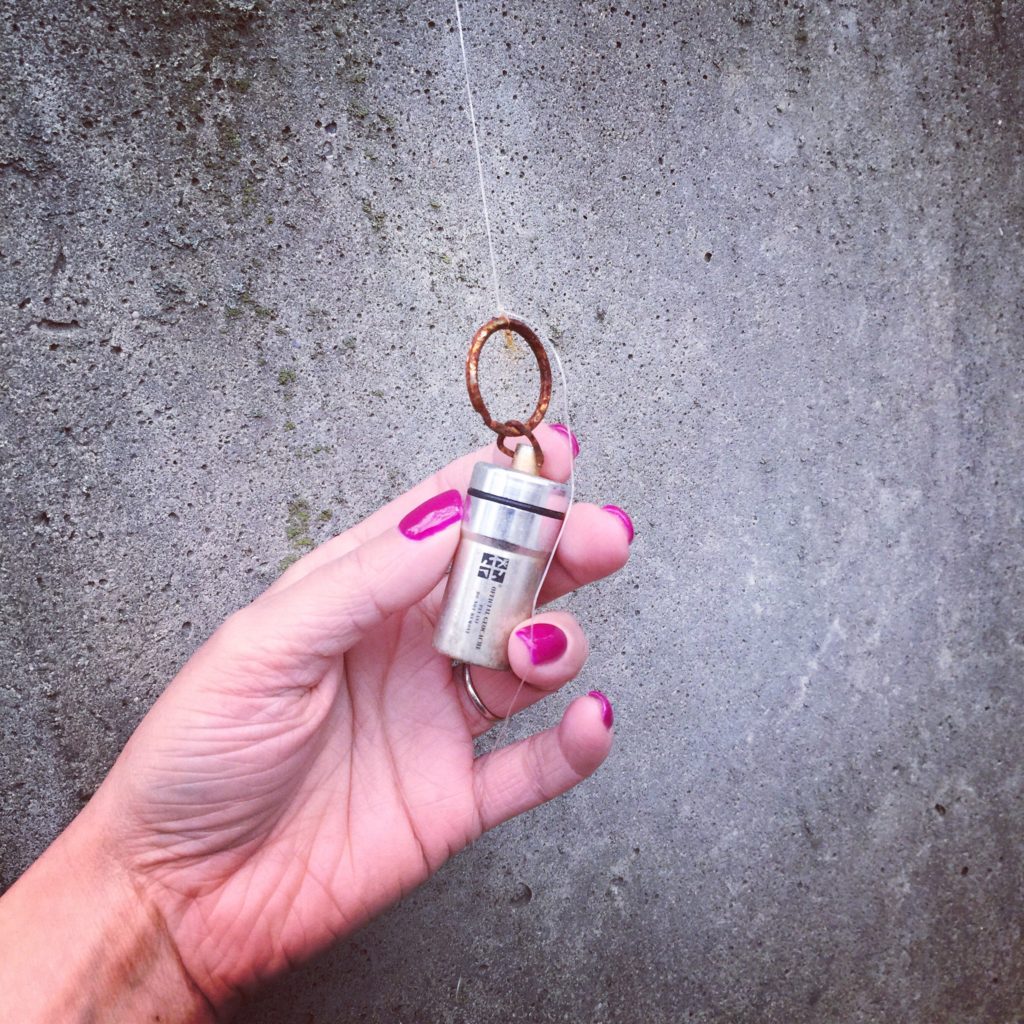
Because of geocaching I’ve seen waterfalls, outdoor art, strange rocks, interesting places and beautiful scenery. Every time I go out caching I see something that keeps me coming back for more. The combination of problem solving, treasure hunting, nature, adventure and exploration is what keeps me active in this hobby.
I highly recommend giving it a try the next time you feel the urge to get off the couch and explore your world!

